6 Things to Photograph While in Lockdown
In addition to the full text in English, there are also downloadable versions below:
-English: Irix – 6 things to photograh while in lockdown – ENG
-French: Irix – Six objets à prendre en photo lors du confinement – FR
-German: Irix – Sechs Dinge zu fotografieren wenn Sie zu Hause stecken – DE
-Polish: Irix – 6 pomysłów na makrofotografię w domu – PL
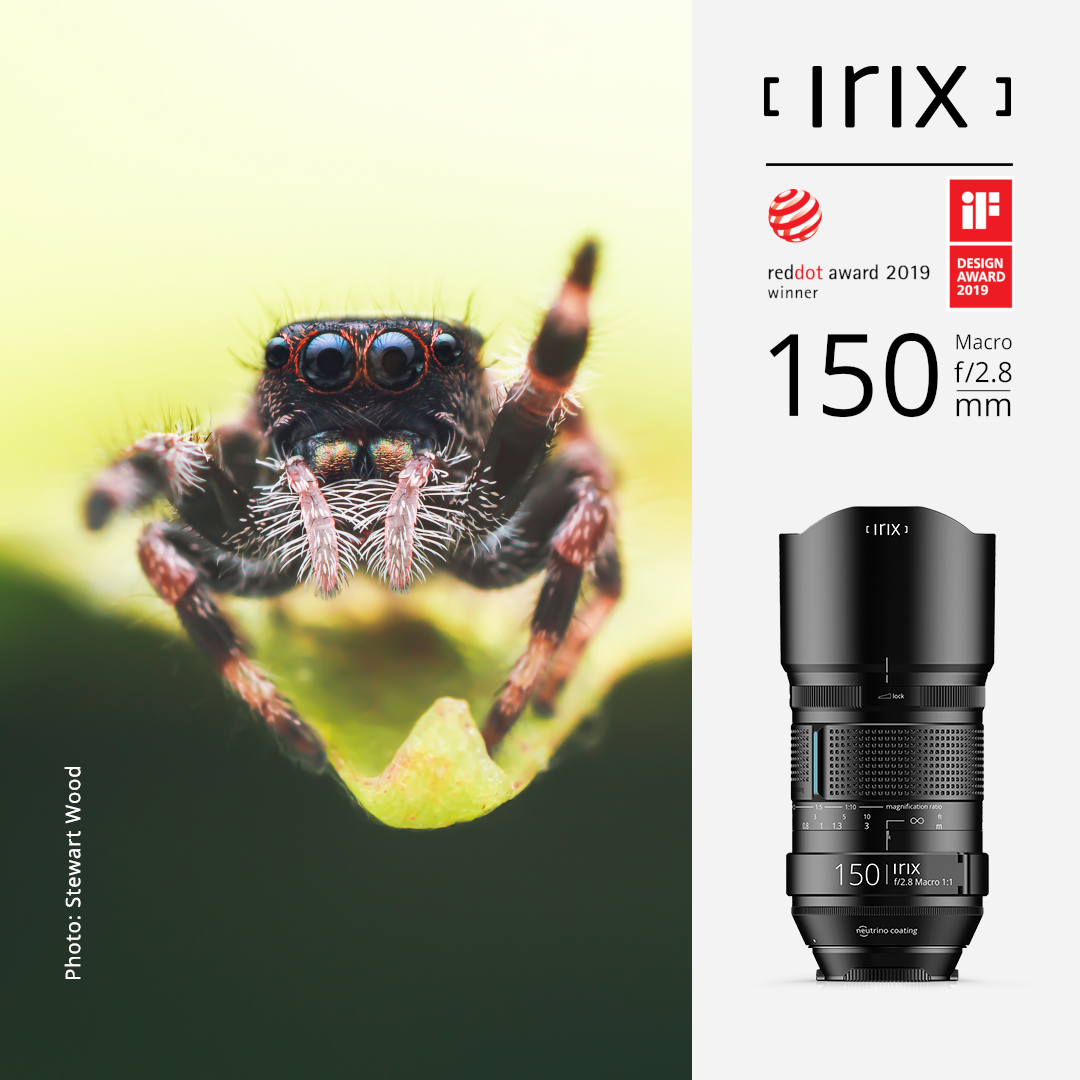
Article written by Stewart Wood
www.StewartWood.com
With most of the world in lockdown due to the… Well I believe you all know what’s happening in the world, but this does not mean that you must stop taking pictures. Macro photography can be done from anywhere which makes it a great type of photography to try while you’re in lockdown. Whether you’re a portrait photographer or a landscape photographer, anyone can have fun with macro photography. If your lucky enough to have a macro lens like the Irix 150mm f/2.8 dragonfly lens, or just have a set of extension tubes, you can have fun all day long take photos of small subjects around the house. With that said, here are 6 things you can take photos of while in lockdown.
Water Droplets
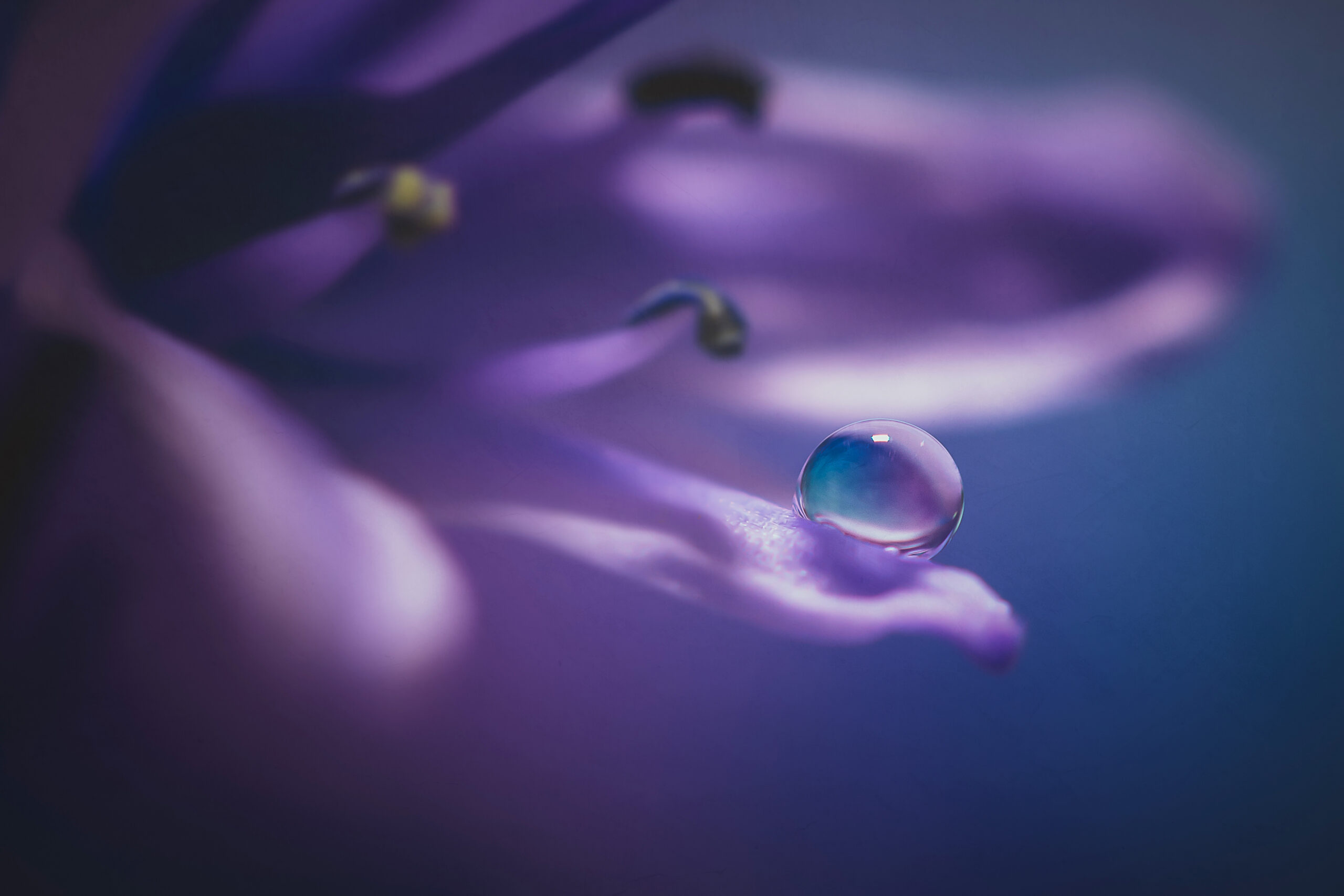
Macro photography is more than just close-up images of insects. The technique offers a new perspective on this world, revealing the tiny and often overlooked details of the photographer’s subject. As a lover of macro photography, I have noticed that there are a few key ingredients that often work especially well in macro photography. One of them is water drops or droplets. No matter if they are the main subject of a photograph, or if they are just playing a supporting role, water droplets make for a great image.
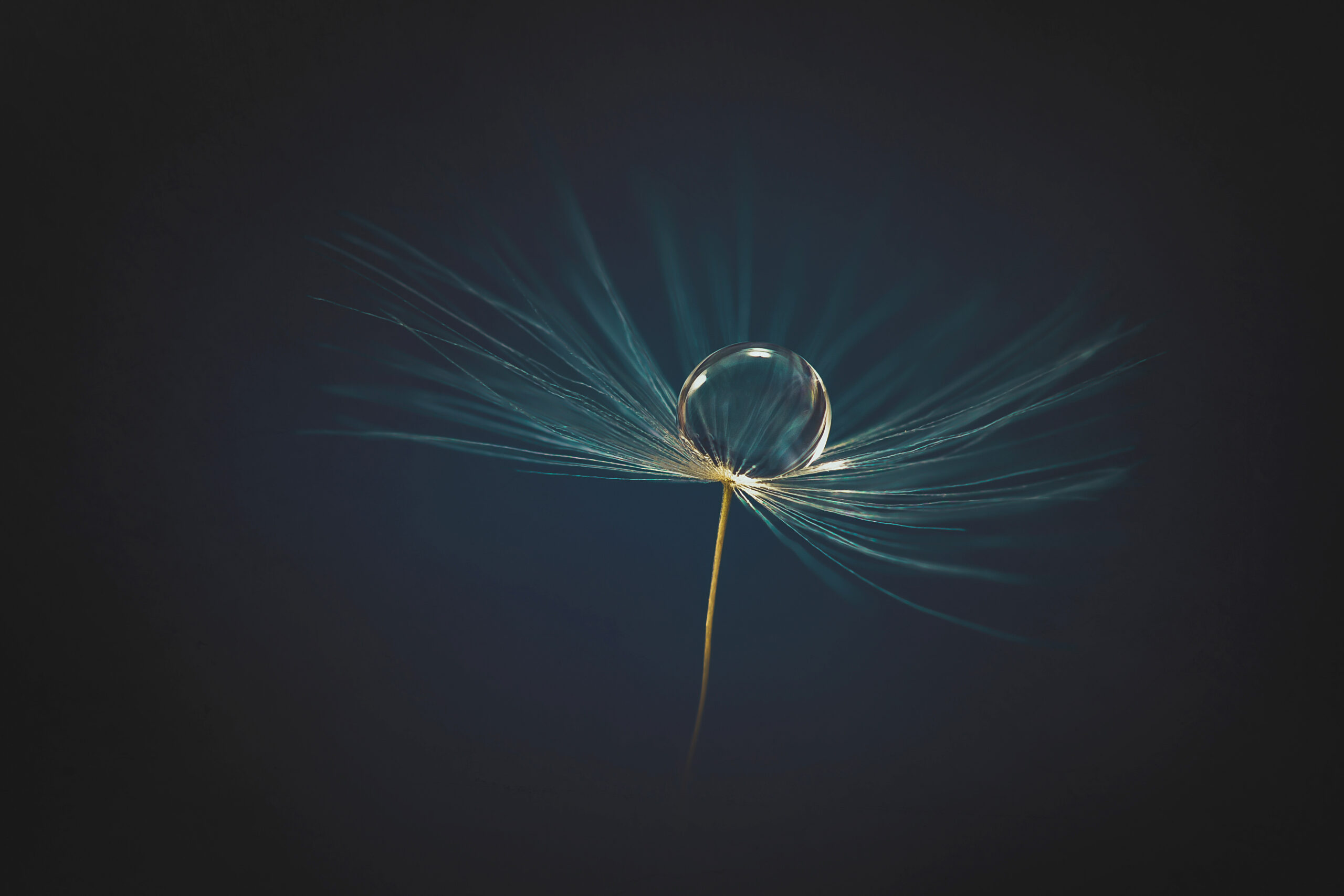
Droplet on a dandelion seed: 0.8 Sec, f/7.1, IOS 100
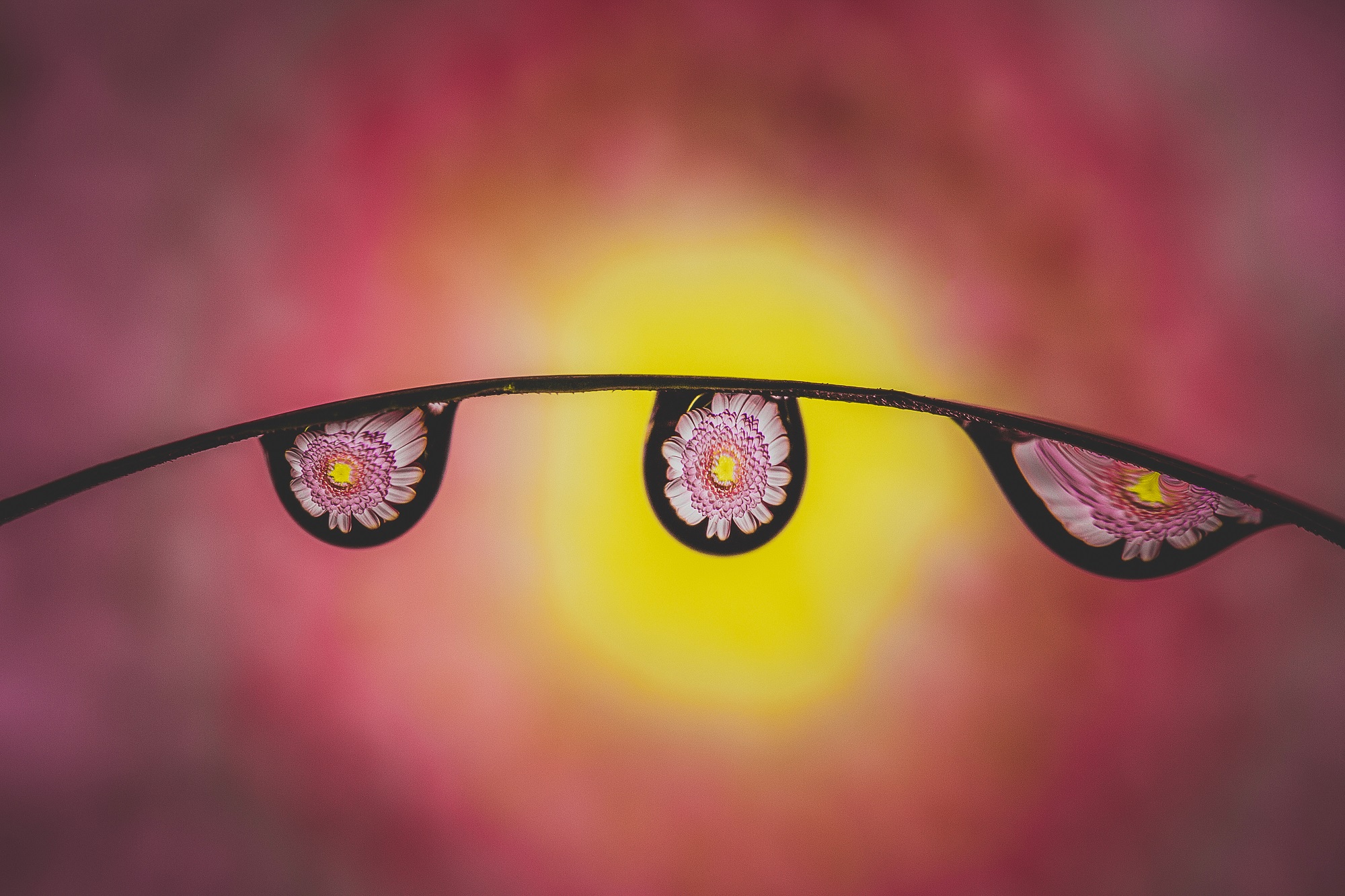
Water drops on grass: 1/6 Sec, f/11, ISO 100
There are two types of droplet images that you can produce, a single droplet or multiple drops. Both are easy to do; just place a single drop onto a subject and shoot away. For water droplets, just use a spray bottle and spray away. It’s important to choose the right background to make your drops stand out or to convey a mood or feeling. You can light both types of water drops with or without a flash; the only limit is your imagination.
Dandelion Clocks
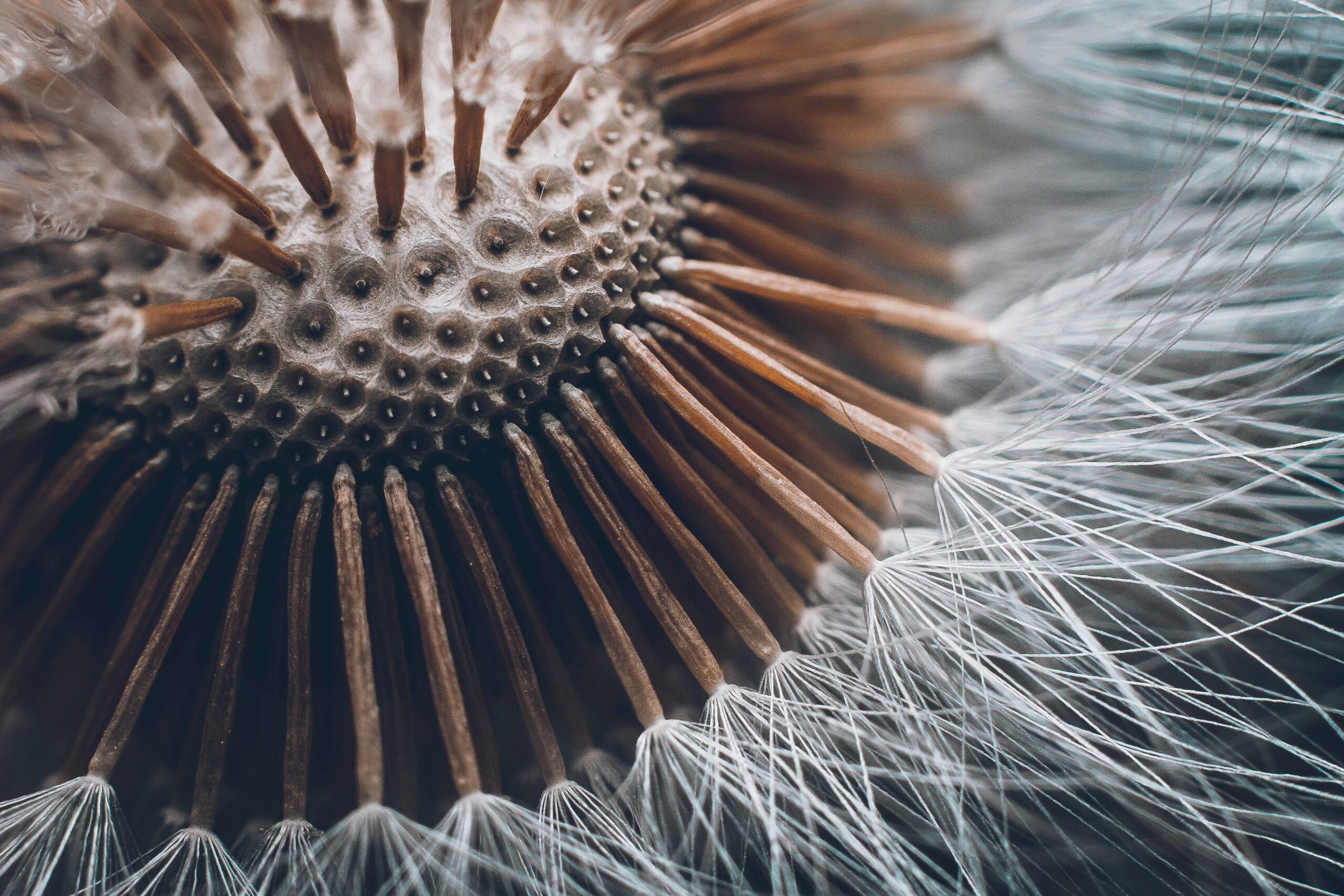
Some people call them a weed. I call it art. Dandelion clocks are one of natures masterpieces. The seed-heads of a dandelion flower are called clocks; the term is applied when the flower is used, and it’s also thought to be suitable to use in a children’s pastime in which the number of puffs needed to blow the seeds from a dandelion is supposed to tell the time with this subject. For photography, we can achieve multiple shots. We can photograph the seed head, or we can photograph a single seed. Sometimes, taking photos of multiple seed-heads works out great. Once you’re finished, you can also photograph the seed head without any seeds. As with all macro photography, pay close attention to the background; I find that colourful backgrounds work the best. When shooting dandelion clocks, I like to keep the lens’ aperture as wide open as possible to give a dreamy look to the final image.
You can even mix things up; add water droplets from the last suggestion for even more fun!
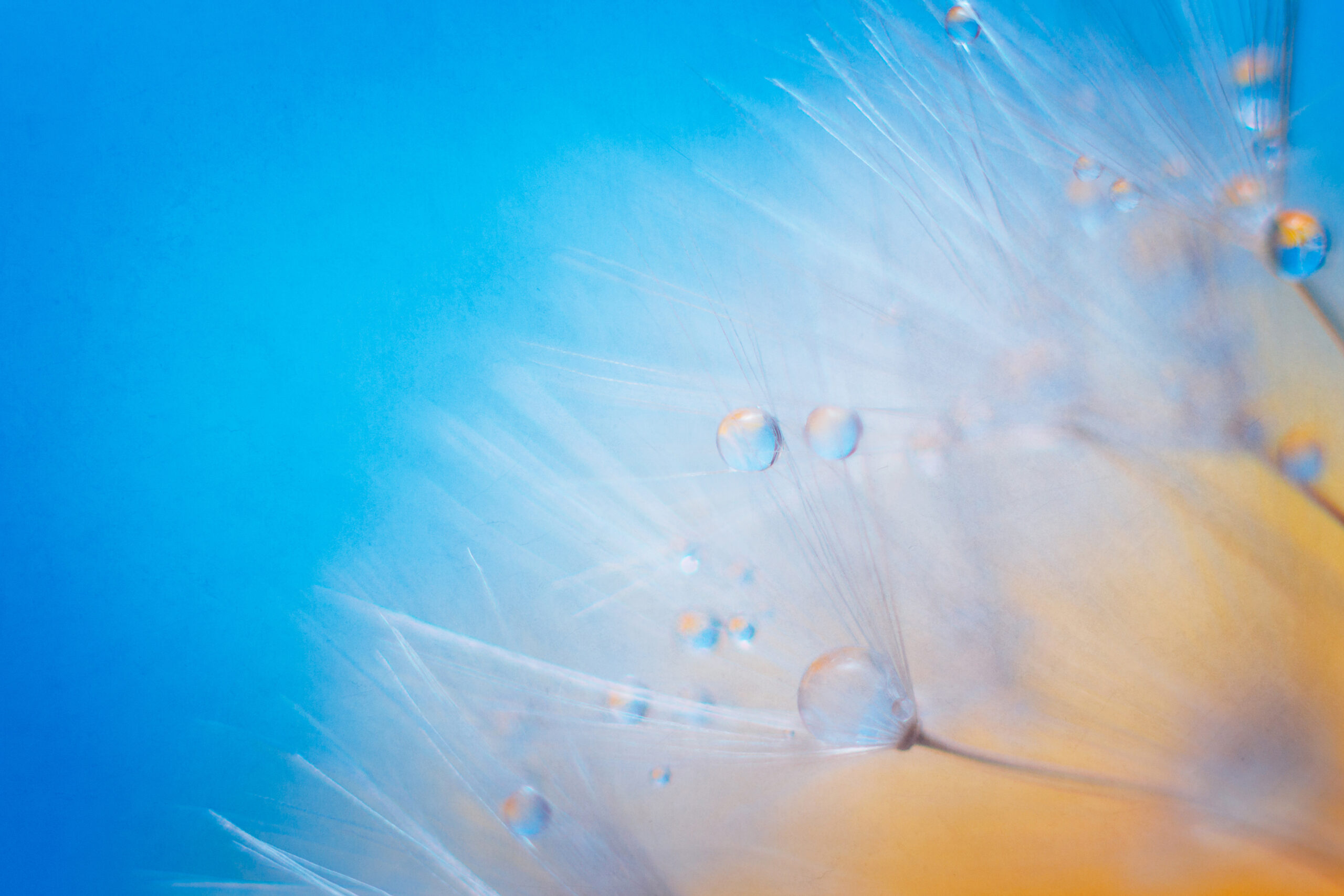
Droplets on a dandelion clock: 1/100 Sec, f/2.8, ISO 100
Orbeez (or marbles)
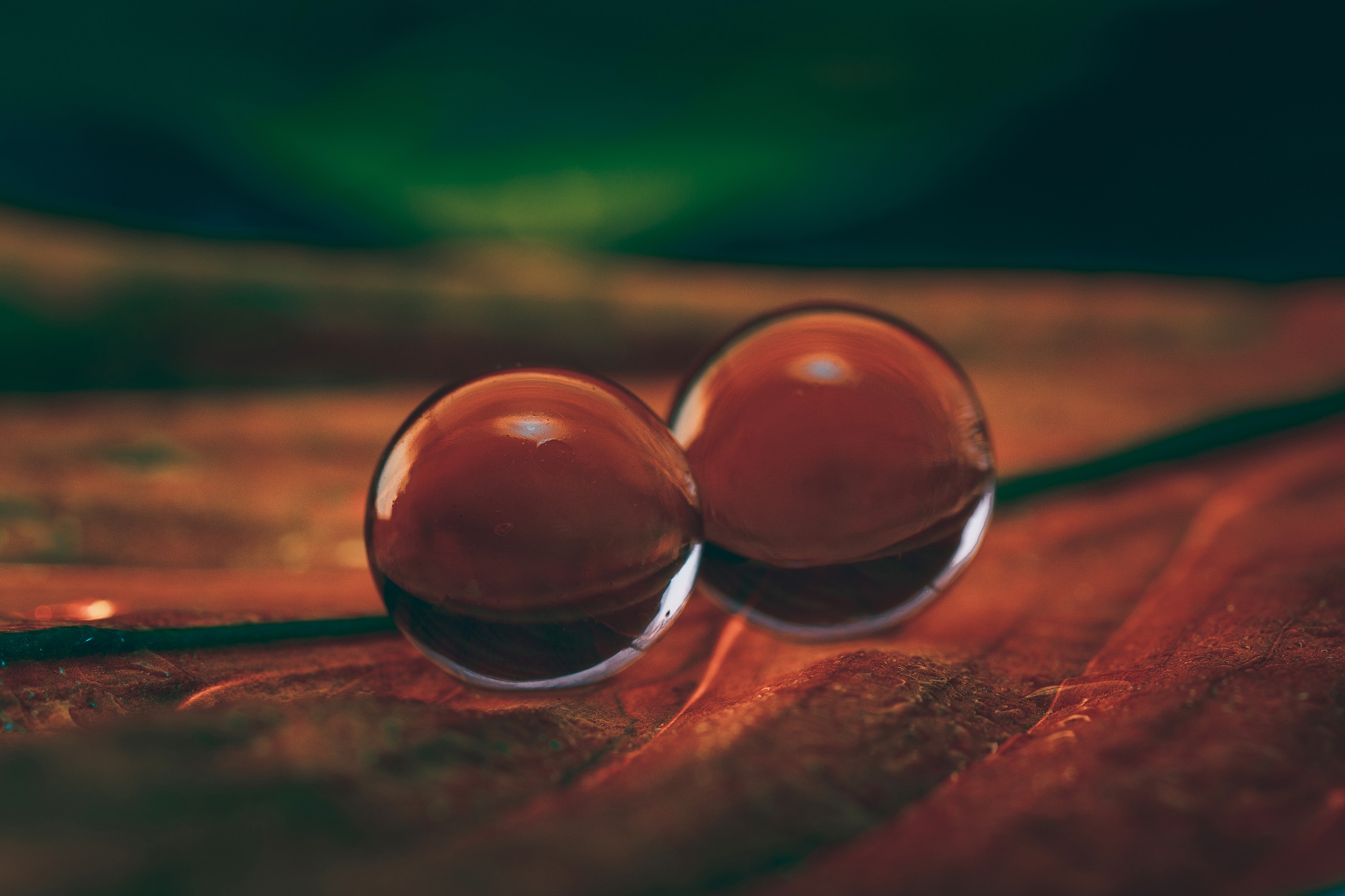
One object that is always on hand if you happen to have children around the house is Orbeez (aqua balls), or marbles. Orbeez are super-absorbent polymers that grow to more than 100 times their volume when placed in water. Orbeez are like water drops, except the balls are perfectly round, however they do not stick to subjects. When placed on a subject, (like leaves) and lit using a flash or torch, they come alive. If you don’t have any Orbeez, then marbles can be used in the same way. Again, playing around with the light and paying attention to the background is very important.

Orbeez on a leaf: 1/200 Sec, f/7.1, ISO 100
Oil and Water
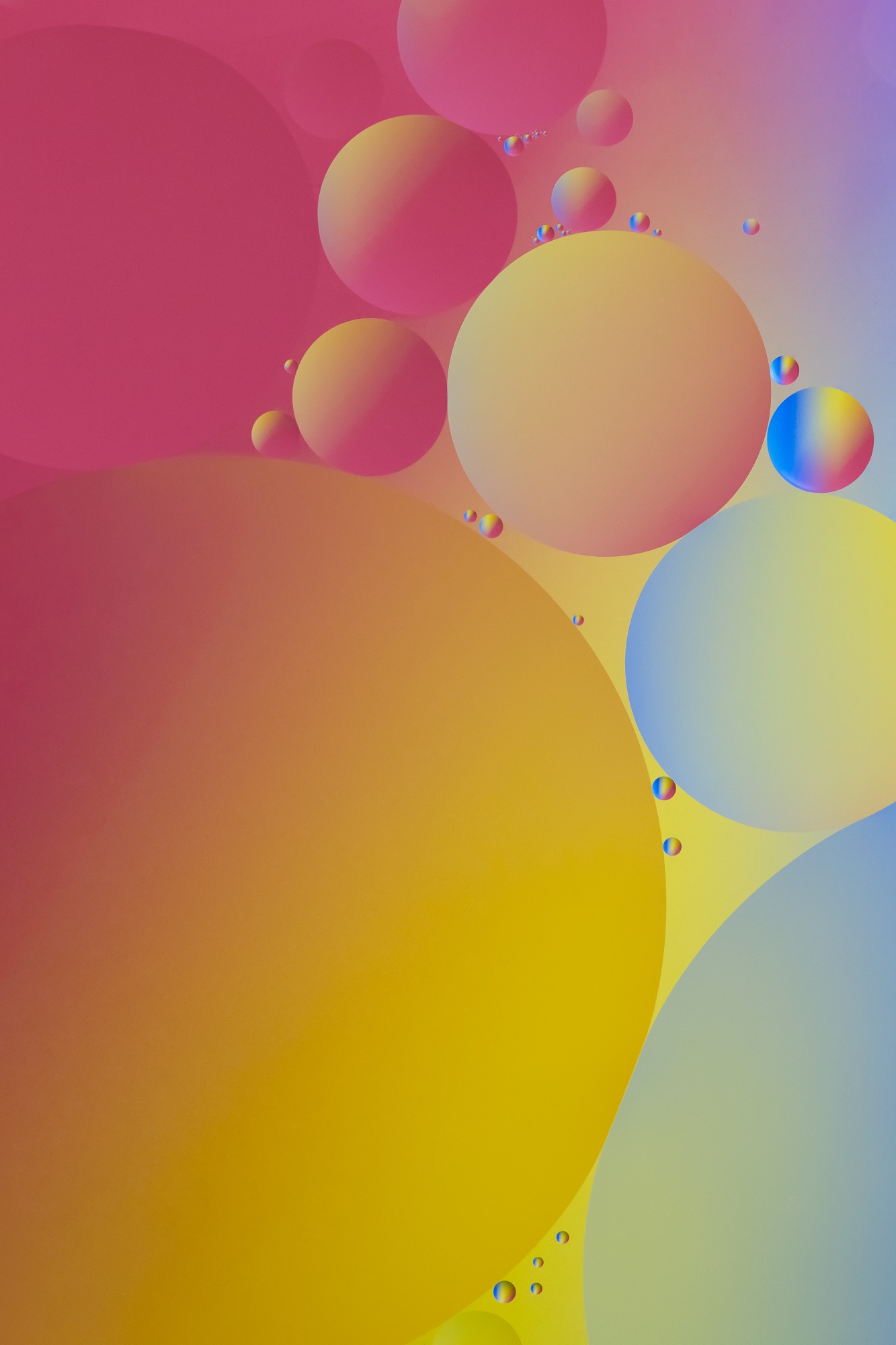
As photographers, we know that contrasting elements make for great abstract photography. A simple yet great subject to photograph is oil and water, two substances that both repel and accentuate each other at the same time. The subject doesn’t seem like it could work and on its own (it doesn’t really); but by only adding a simple coloured background we can transform an otherwise boring subject into amazingly colourful images.
Add some water to a small clear bowl, and one or two teaspoons of oil and mix it up. You will see small oil bubbles start to form. Now add a colourful background and shoot away. Again, with this subject you can shoot with or without a flash. To freeze the oil, you will need to use a high shutter speed like 1/160. Play around with your background and camera settings to get the most out of your oil and water. Remember, it’s not work, it’s fun!
Soap Bubbles
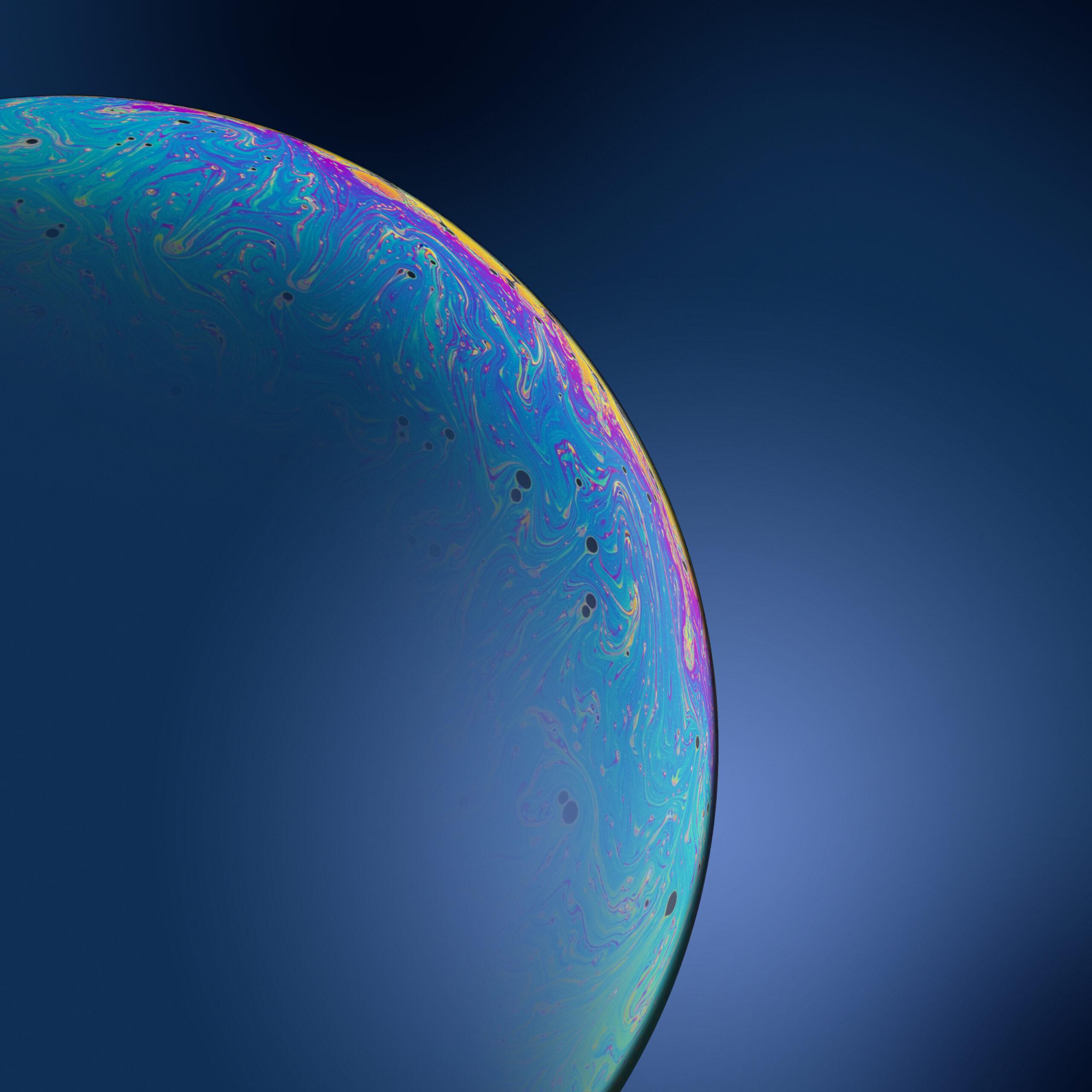
Another fun and easy subject to photograph is soap bubbles. When placed against a black background, the colourful patterns move and swirl around. Not one photo is the same as another, even if the bubble was the same. As time goes by, the colour and patterns of the bubble change, and they can also make for a great video subject.
Simply mix a little dish soap into some water and play around with the mixture. More dish soap will yield different results. Using a small straw, you can blow bubbles onto a wet plate.
As with the oil and water, you will need a high shutter speed to freeze the bubbles’ movement.
Jumping Spiders
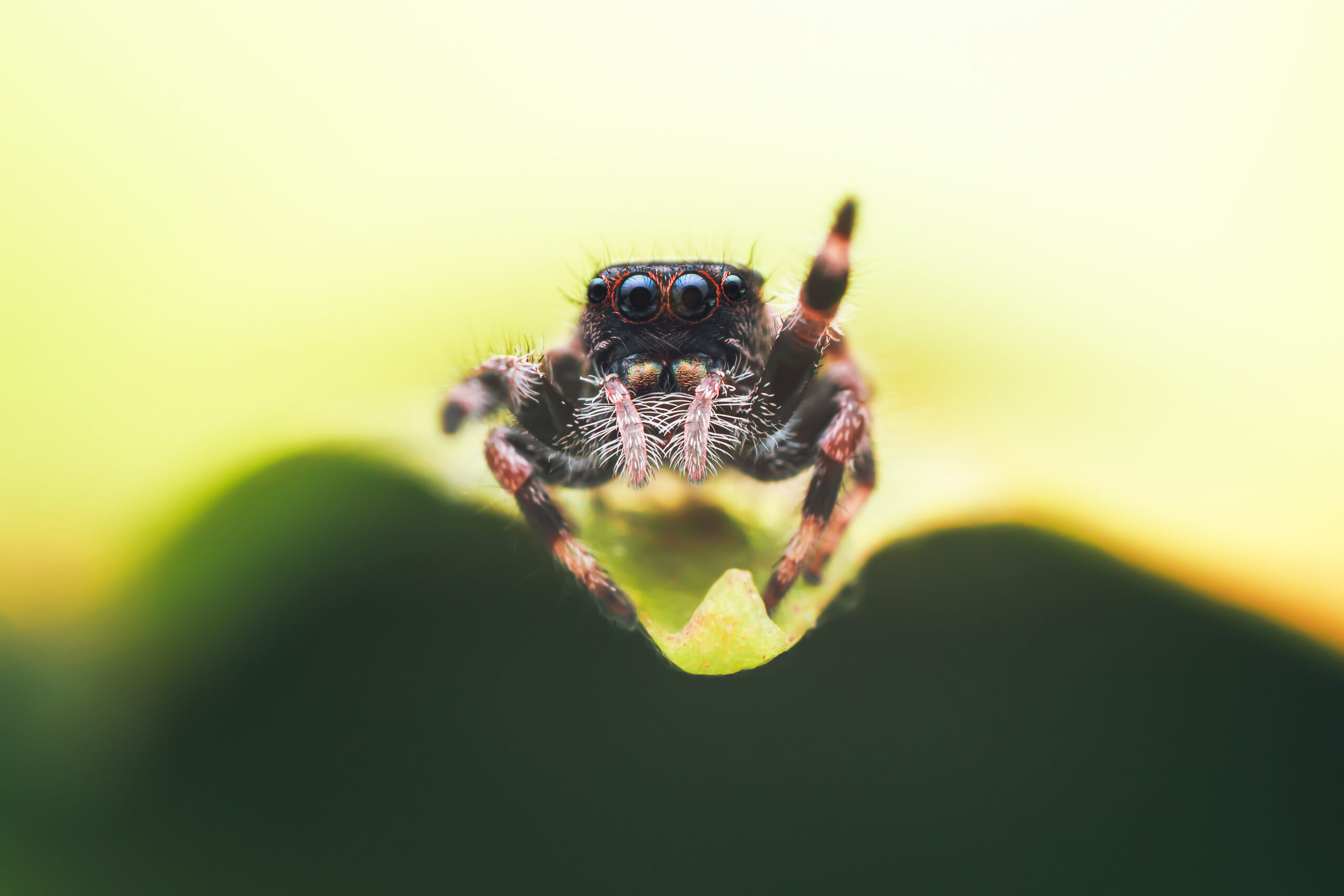
Jumping spiders are my favourite subject to photograph. They are the clowns of the spider world and can be found in gardens all over the world. One of the reasons I love jumping spiders so much and why they make such a great macro photography subject is because of their large forward-facing eyes. A jumping spider is the perfect subject to test out your macro photography lighting setup. Is your lighting too harsh? What about the specular highlights? Photograph a jumping spider and you will find out how your setup is working.
Jumping spiders are also very docile creatures, and are quite curious when you bring your camera in close. Often, they will jump onto your lens, after which you must be careful and try to find them, often crawling on the front of your lens.
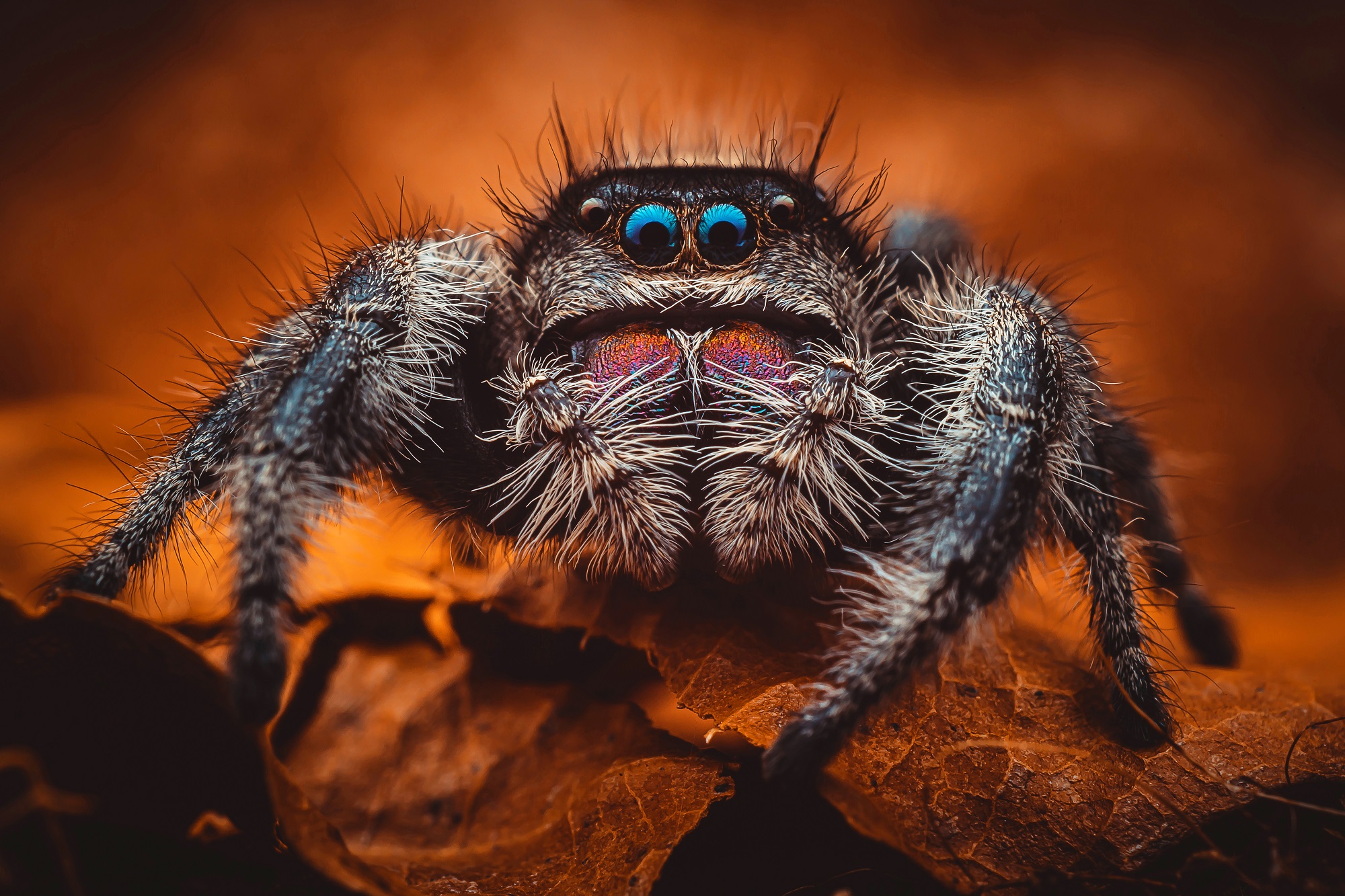
A high shutter speed is essential for shooting jumping spiders as they are very fast runners, as well as…well, jumpers! Keep your shutter speed as high as possible, if using a flash then set your camera sync speed to the highest setting. Diffused lighting works best for jumping spiders. Set your lenses f-stop to around f/7.1; its not written in stone that you must use these settings, so feel free to around with your settings; it’s the best way to learn.
For more information on the subjects talked about in this article you can watch some Stewart Wood videos over on his YouTube channel: https://www.youtube.com/stewartwoodart
Instagram: https://www.instagram.com/stewartwoodart/
Facebook: https://www.facebook.com/stewartwoodart/
